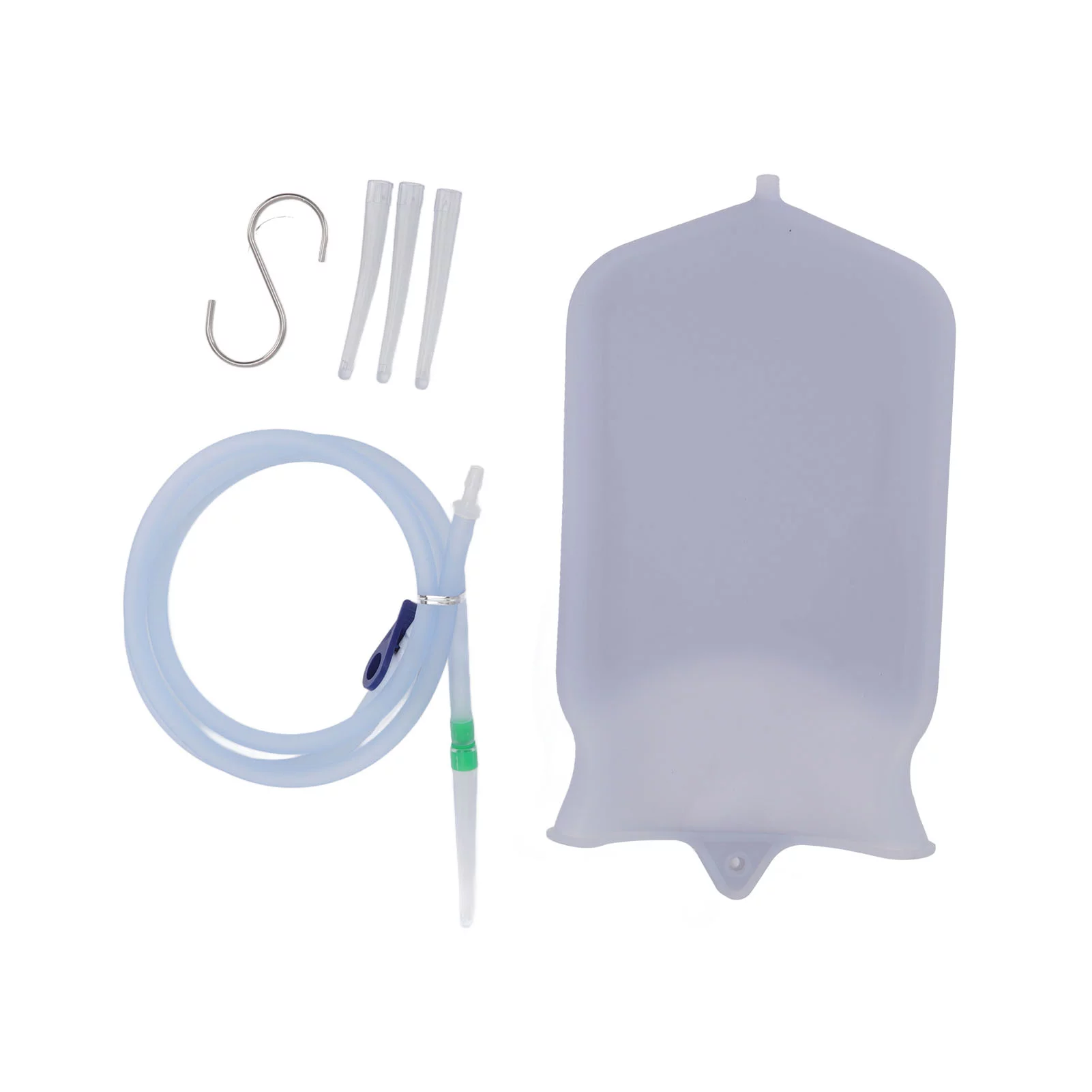Introduction: Enemas have been used for centuries as a method to cleanse the colon and alleviate constipation. They involve introducing liquids into the rectum and lower colon to stimulate bowel movements. Two common types of enemas are tap water enemas and Fleet enemas.
In this blog post, we will delve into the differences between these two methods, examining their benefits, risks, and how to use them effectively.
| Tap Water Enema vs. Fleet Enema: | |
| Tap Water Enema: A natural and cost-effective approach using lukewarm tap water. | Fleet Enema: A commercially available saline solution in a squeeze bottle. |
How to Administer:
|
How to Administer:
|
Benefits:
|
Benefits:
|
Risks and Considerations:
|
Risks and Considerations:
|
Tap Water Enema: What You Need to Know:
What is a Tap Water Enema?
A tap water enema involves using clean, lukewarm tap water to facilitate bowel movements. The concept behind this enema is to stimulate the rectum and colon, causing the muscles to contract and expel waste. It’s a natural and cost-effective approach to relieve constipation.
How to Administer a Tap Water Enema:
- Preparation: Ensure you have a clean enema bag or bulb syringe. Fill it with lukewarm tap water.
- Positioning: Lie on your left side with your knees drawn towards your chest or kneel on all fours.
- Insertion: Lubricate the enema tip and gently insert it into the rectum. Squeeze the bulb or control valve to let water flow slowly.
- Retention: Hold the water for a few minutes while massaging your abdomen. You’ll feel the urge to evacuate.
- Elimination: Move to the toilet and release the water along with waste.
Benefits of Tap Water Enemas:
- Natural and readily available solution.
- Gentle stimulation of bowel movements.
- Minimal risk of electrolyte imbalance.
Are Tap Water Enemas Safe?
- Overuse may disrupt natural bowel function.
- Risk of infection if equipment isn’t properly cleaned.
- Individuals with certain medical conditions should avoid tap water enemas.
Recommended
Fleet Enema: What You Need to Know:
What is a Fleet Enema? Fleet enema is a commercially available product that contains a saline solution to induce bowel movements. It comes in a disposable squeeze bottle with a lubricated nozzle. Fleet enemas are often recommended for quick relief from constipation.
How to Administer a Fleet Enema:
- Preparation: Open the package and remove the cap from the nozzle.
- Positioning: Lie on your left side and gently insert the nozzle into the rectum.
- Squeezing: Squeeze the bottle to release the saline solution into the rectum.
- Retention and Elimination: Hold the solution briefly and then move to the toilet to evacuate.
Benefits of Fleet Enemas:
- Convenient and ready to use.
- Controlled and measured dosage.
- Quick relief from constipation.
Risks and Considerations:
- Potential for irritation due to chemicals in the solution.
- Overuse may lead to dependence on enemas for bowel movements.
- Not recommended for long-term use.
FAQs:
1. Are enemas safe for everyone?
Enemas are generally safe, but individuals with certain medical conditions such as inflammatory bowel disease, hemorrhoids, or heart conditions should consult a doctor before using them.
2. Can tap water enemas lead to electrolyte imbalances?
Tap water enemas have a lower risk of electrolyte imbalance compared to other types of enemas, as the water is absorbed less readily into the bloodstream.
3. Are Fleet enemas habit-forming?
Using Fleet enemas regularly can potentially lead to reliance on them for bowel movements, so it’s advisable to use them only when necessary. Both tap water enemas and Fleet enemas have their merits and considerations. Tap water enemas provide a natural approach, while Fleet enemas offer convenience. It’s essential to use enemas judiciously and consult a healthcare professional when in doubt. Remember that maintaining a healthy diet, staying hydrated, and engaging in regular physical activity are key to preventing constipation in the first place.

